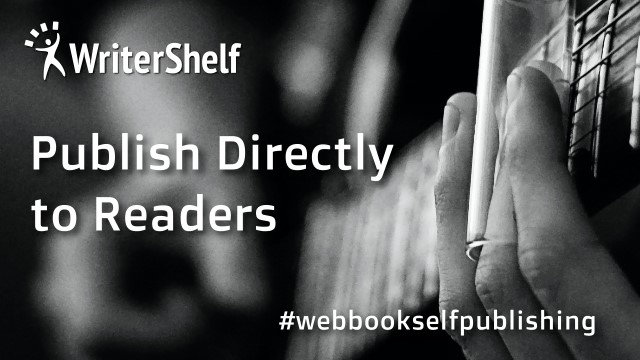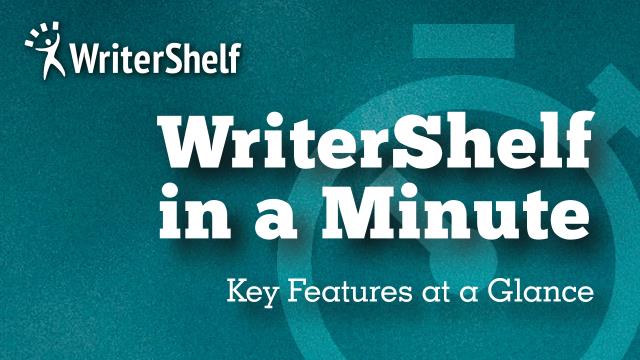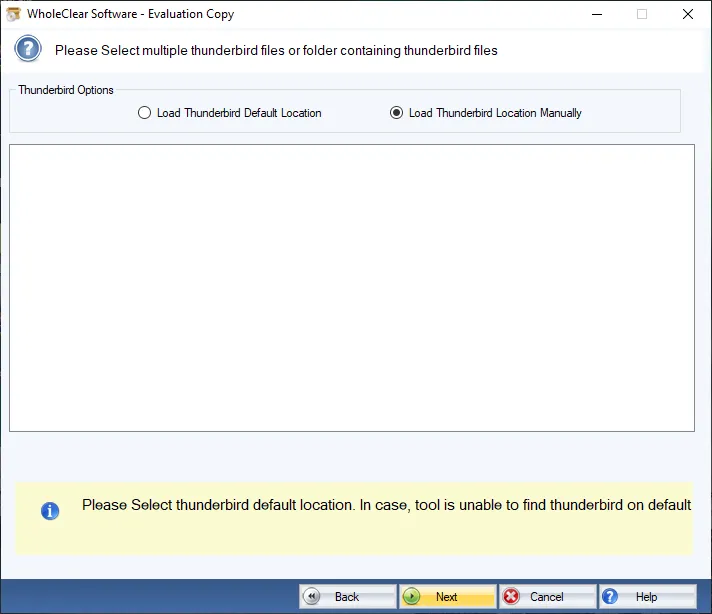MBOX File Format Explained - Complete Guide to Variants & File Locking
77
0
·
2025/06/20
·
3 mins read
☕
WriterShelf™ is a unique multiple pen name blogging and forum platform. Protect relationships and your privacy. Take your writing in new directions. ** Join WriterShelf**
WriterShelf™ is an open writing platform. The views, information and opinions in this article are those of the author.
Article info
Tags:
Total: 730 words
Like
or Dislike
More from this author
More to explore










MBOX File Format: What Is It? Understand the data that is stored there. mbox file extension, email clients that support mbox, and file locking capabilities.
A Brief Guide on MBOX File Format
The term "MBOX File Format" refers to a group of loosely connected file formats. A collection of emails is stored in an MBOX file. In these MBOX mailboxes, every email message is combined and saved as plain text in a single file. The first four characters of an email message are "From," which is followed by a space and the sender's mail address.
The file format used to store emails is never formally defined through RFC's standardization method, in contrast to the common Internet protocols that have been used for email exchange. Additionally, that email client developer has been given complete control. However, the mailx software and the POSIX standard have established a fairly loose framework. This application/MBOX media type was finally specified as RFC-4155 in 2005. This undoubtedly suggests that.Mail messages in their original format, or Internet Message format (RFC-2822), are stored in mbox files. This does not include the 7-bit clean data storage, the used-newline character, or the requirement that each newly added mail message end with a completely blank line inside the MBOX database.
An Extension Format Like.mbox
This MBOX file format is quite similar to MH-Message-Handling-System. Certain systems, such as Microsoft Exchange and Cyrus-IMAP-server, have a tendency to keep their mailboxes in centralized databases that are controlled by the mail system; no user may immediately access them. This maildir mailbox format, which is mostly utilized for network email storage systems, is occasionally seen as an MBOX substitute.
Variants of MBOX Files
There are four popular but incompatible versions of the MBOX file format:
Mboxcl
Mboxrd
Mboxo, and
Mboxcl2
The message text in all four variants has to be changed to eliminate any ambiguity so that programs can determine which quotation rule is used to perform accurate revision. This has proven to be somewhat impractical. Using MIME and selecting the content-transfer-encoding quoting "From_" lines in a standard-compliant way will undoubtedly guarantee that only the message's MIME representation has to be changed, not the message's content. Therefore, checksums would remain constant, which is a necessary prerequisite for supporting S/MIME and maintaining privacy. programs that create new messages and then store them using this. This specific method is probably used by mbox file extensions to separate message content from the database storage format.
Additional Factors Concerning These MBOX File Format Variants
Some email client programs have a tendency to modify the Mbox format for their email folders.
The mboxrd variation, which has more complex "From line" quoting restrictions, is used by the Mozilla email client family, which includes Mozilla, Thunderbird, Netscape, and others.
Eudora used the mboxo variation, in which the constant string "???@???" is used in place of the email sender's mailing address. Additionally, the majority of MBOX clients store incoming emails as received. Email attachments included in mail messages would be separated out by Eudora, which would then store them as distinct files in a single folder.
Concerning MBOX File Locking
Several MBOX file formats use jointly incompatible methods, such as fcntl() and lockf(), to enable file locking of messages. With certain network-mounted file systems, such as NFS, this isn't compatible. This explains why Unix typically uses "dot lock" files, which are generated automatically over NFS as well. Since numerous messages are now stored in a single file, file locking is unquestionably necessary to prevent corruptions, which occur when two or more programs alter the same mailbox at the same time. This could occur, for example, when a new email message is provided by a network email delivery program and another email reader tries to delete an existing message at that very moment.
MBOX files need to be locked even while they are being read; otherwise, if another process has been altering them, the reader may experience corrupted contents.The mbox file extension is unique to this moment. And this occurs even in the absence of any real MBOX corruption. If you need to fix MBOX files or extract their contents to convert the data items of another email client on the Microsoft Windows Platform, third-party solutions like WholeClear MBOX Converter are a good choice.
In conclusion
The MBOX file format was covered in full in the article. I hope everyone who read this article found the information helpful.